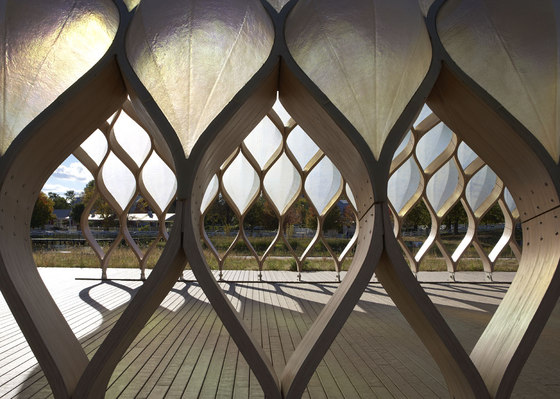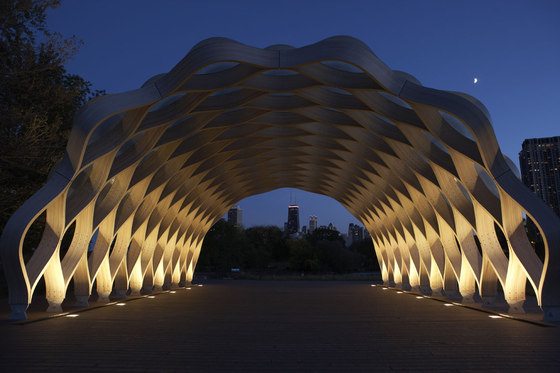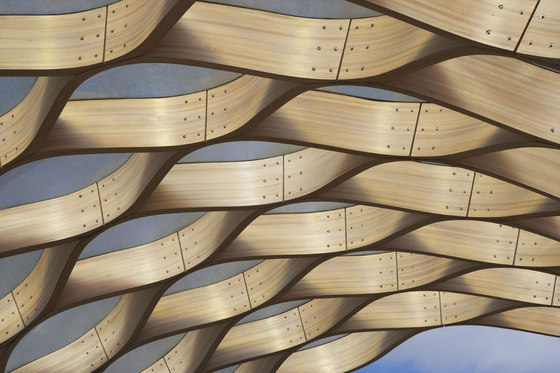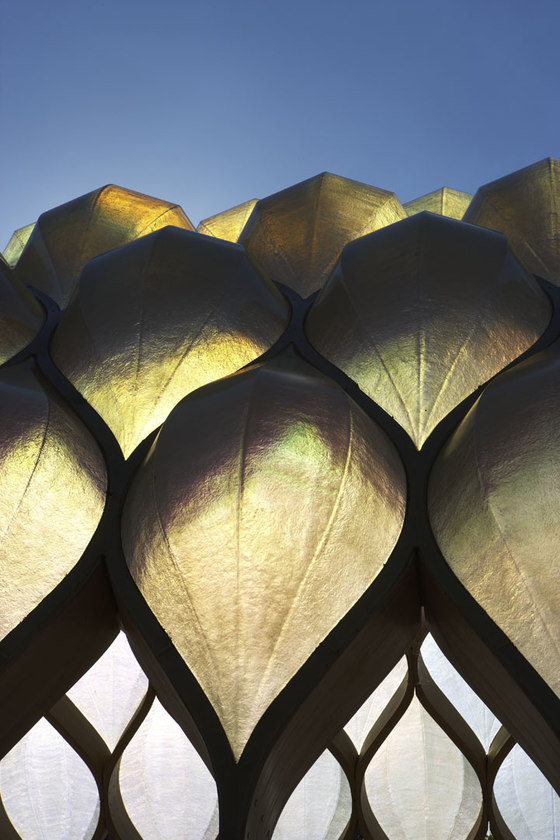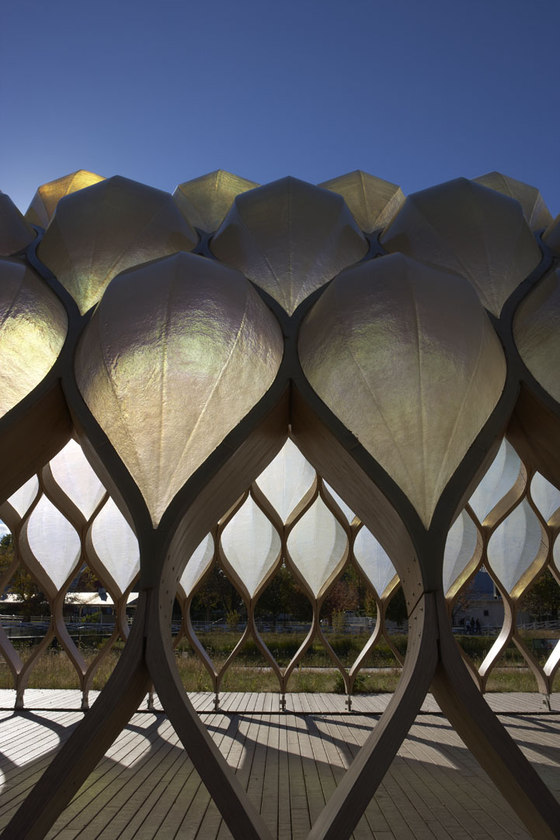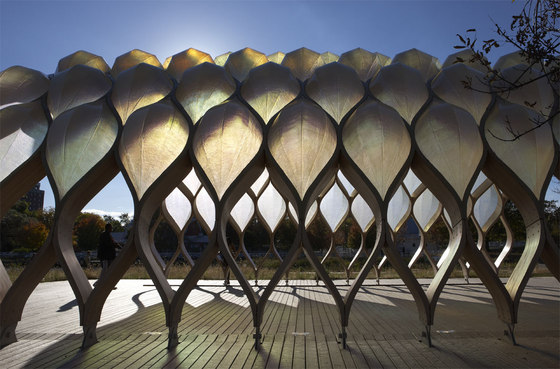Lincoln Park Zoo wished to increase its visibility by improving the South Pond and maintaining its image as a safe, clean, environmentally responsible institute that is committed to education.
The design transforms a dilapidated, 19th-century urban park pond fed by city tap water into a natural habitat and an exhibit on “pond life” for the zoo. Improvements include pond rehabilitation, landscape, accessible pathways, educational pavilions and exhibit design. The zoo’s image and mission are supported through the design’s integration of habitat and architecture.
The design called for deepening the pond to provide better oxygenation to support aquatic life and the reestablishment of the watershed around the pond. Plant shelves now filter run-off water to improve water quality and to create habitat zones for animals.
A boardwalk made of recycled plastic milk bottles circumscribes the pond and passes through different educational zones describing animals, plants and habitats. Two pavilions integrated into the boardwalk sequence provide shelter for open-air classrooms on the site. Their structures, inspired by the tortoise shell, consist of a series of pre-fabricated wooden members interconnected and milled to give global curvature to the surface, creating a column-free space for gathering.
Lincoln Park Zoo
Studio Gang


